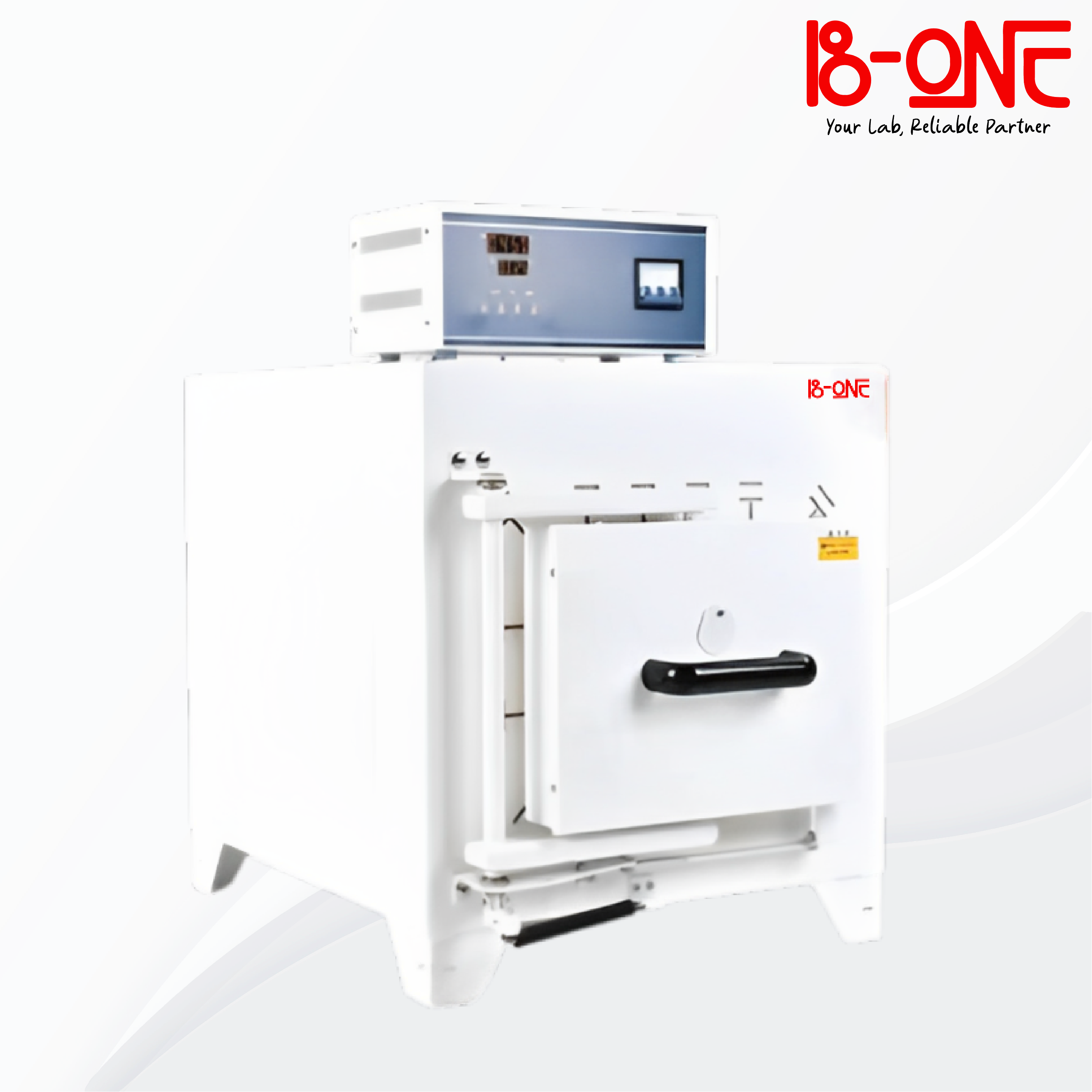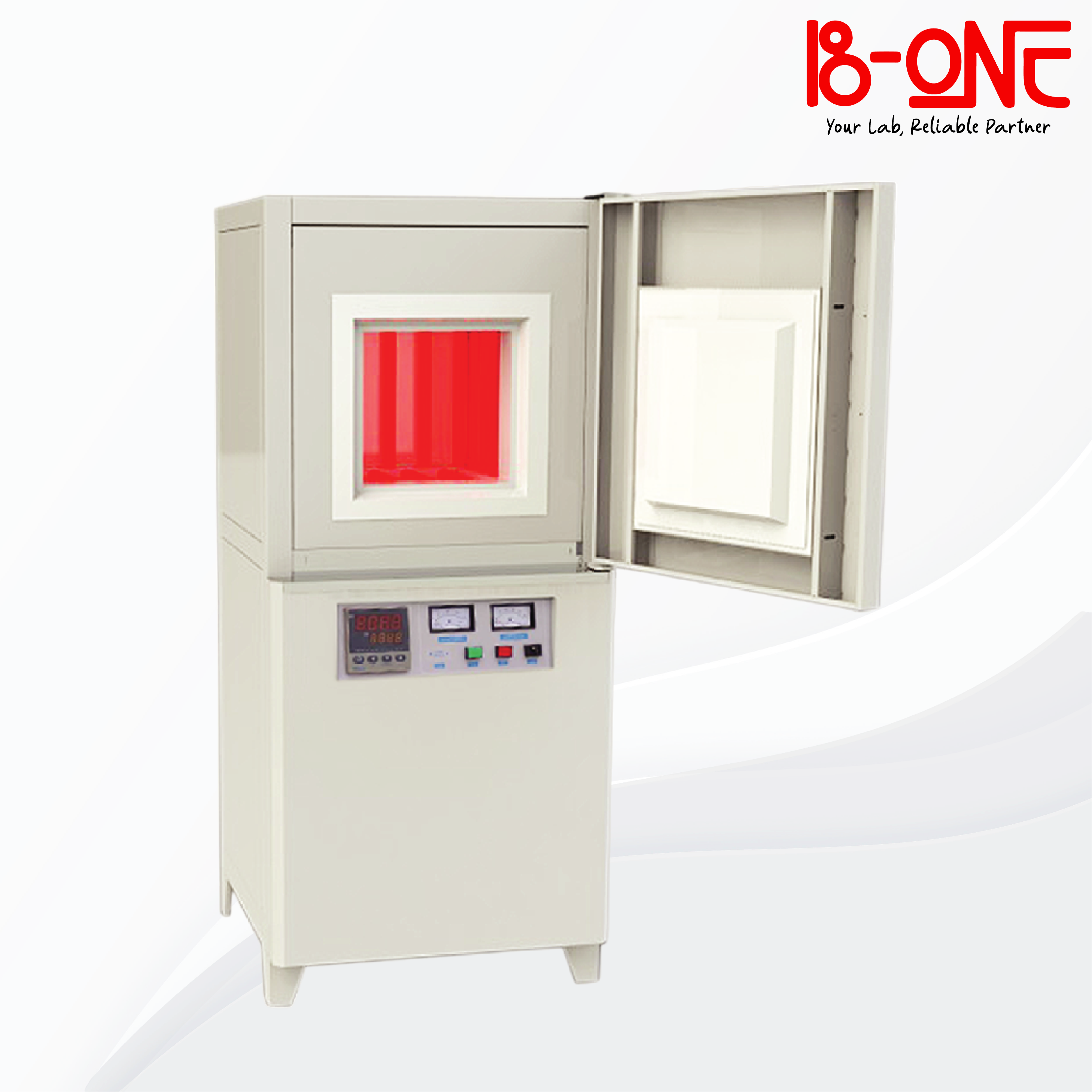B-ONE Furnace
Furnace in a laboratory is a high-temperature heating device used to conduct processes that require temperatures above what a standard laboratory oven or hotplate can achieve. Furnaces are typically capable of reaching temperatures from around 500°C up to 1,800°C or more, depending on the model and intended use. They are used in chemistry, materials science, metallurgy, and engineering labs.
Key features:
- High Temperature Capability: B-ONE laboratory furnaces can reach extremely high temperatures, suitable for applications involving melting, calcination, sintering, and ashing. The exact temperature range reaching over 1200°C.
- Digital Control and Programmability: Most modern laboratory furnaces come with digital temperature controllers, allowing precise settings and real-time monitoring. Advanced models may also offer programmable temperature cycles and controlled heating rates.
- Insulated Chamber: The furnace’s interior is lined with heat-resistant materials, such as ceramic or firebrick, to insulate the chamber, maintain stable high temperatures, and reduce heat loss.
- Uniform Heat Distribution: Many lab furnaces are equipped with heating elements made of materials like silicon carbide, molybdenum disilicide, or platinum, which provide even heat distribution within the chamber.
- Safety Features: Laboratory furnaces include multiple safety features, such as automatic shutdown in case of overheating, locking mechanisms, and temperature limit alarms, to protect both the user and the samples.
- Variety of Furnace Types: Different types are available, including muffle furnaces (with heating elements surrounding the chamber), tube furnaces (ideal for controlled atmospheres), and box furnaces, each suited to specific applications.
Applications of Laboratory Furnace:
Laboratory furnaces are used for various high-temperature processes, including:
- Ashing: Used to incinerate organic materials, leaving only inorganic residues. Common in environmental science and materials analysis.
- Calcination: Involves heating materials to decompose them, often to remove volatile substances or water, and is commonly used in chemistry.
- Annealing and Sintering: Metallurgy and materials science labs use furnaces to alter metal and ceramic materials’ physical and mechanical properties by heating them to high temperatures.
- Melting and Alloying: Ideal for melting metals or creating alloys by heating them to their melting points.
- Thermal Testing: Some research involves testing the thermal stability of materials, and laboratory furnaces are critical for evaluating how materials respond to high temperatures.
Contact B-ONE:
Whatsapp: +62 812-9777-2400
Email: sales@priolab.id




